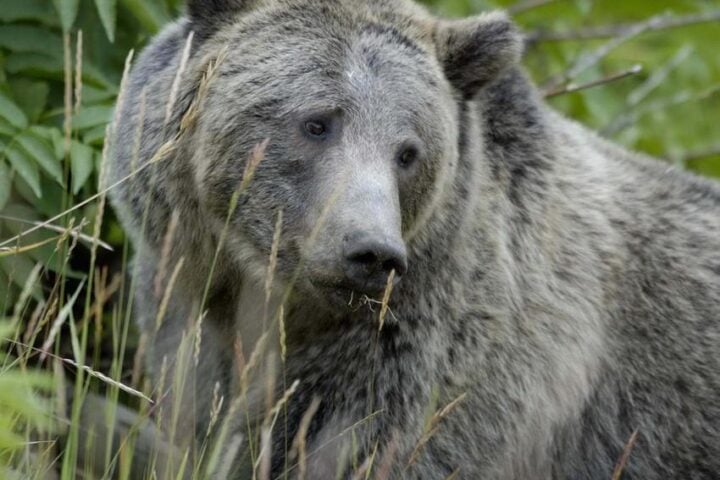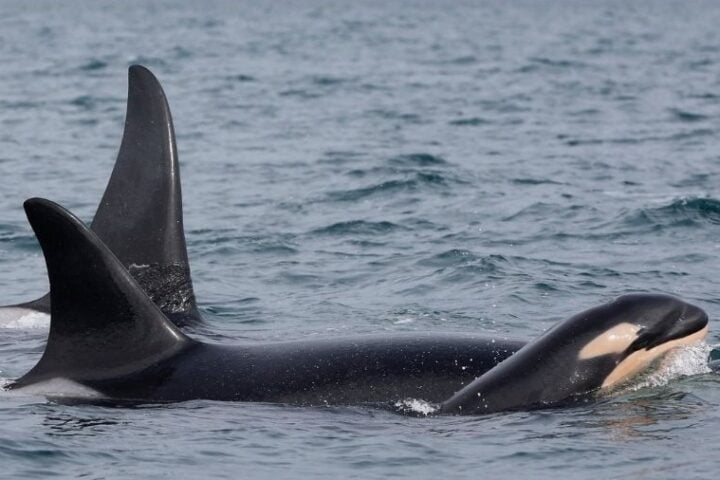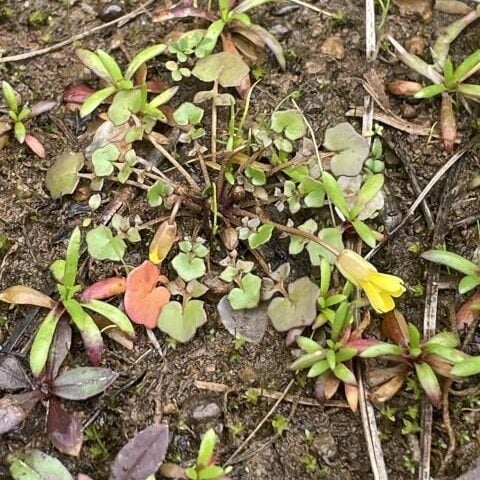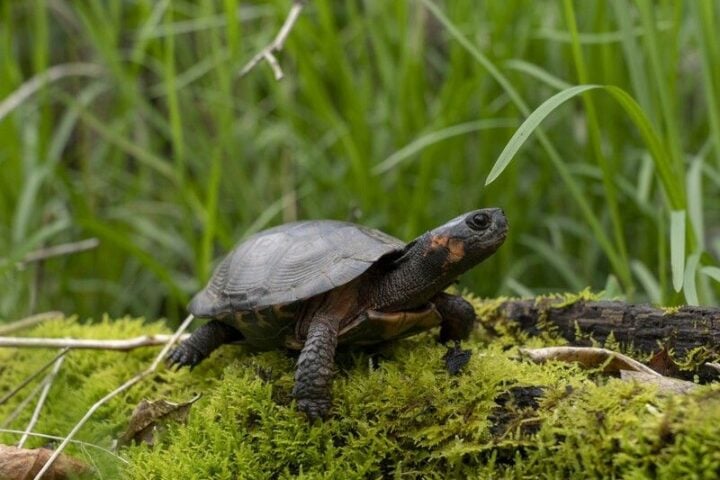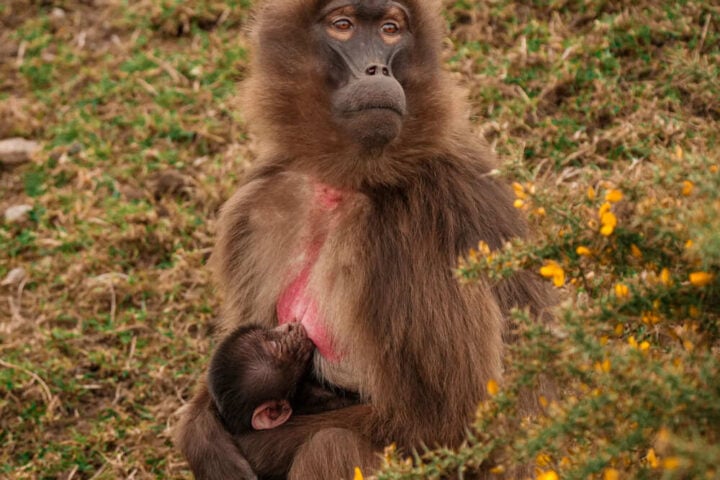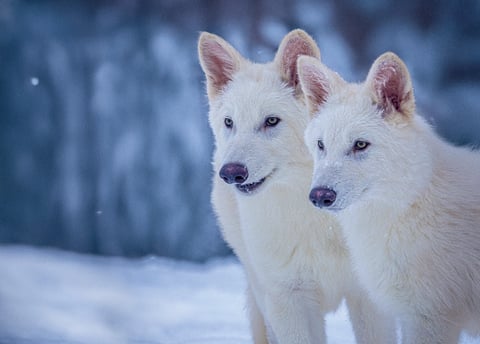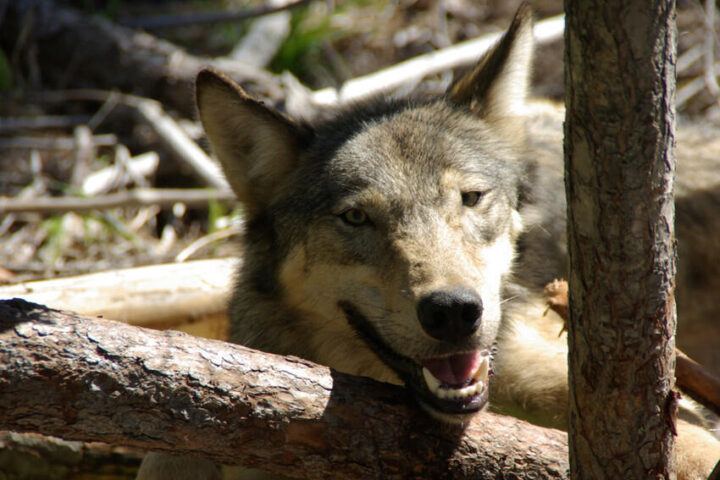Federal lands across the West face an uncertain future as the Trump administration moves forward with plans to sell around 400,000 acres to developers and local governments. This plan threatens nearly 500 protected areas that shelter endangered wildlife and offer outdoor activities for millions of Americans.
Beloved Public Lands on the Chopping Block
The plan targets public lands within 10 miles of towns and cities with more than 5,000 people. This includes popular camping spots, hiking trails, and fishing areas that many families visit each year.
National monuments like Vermilion Cliffs in Arizona, Sand to Snow in California, and Bears Ears in Utah are all at risk. These sales would affect wilderness areas across Colorado, Arizona, New Mexico, California, Nevada, Utah, Oregon, Washington, Wyoming, and Montana.
Wildlife Could Lose Their Homes
The lands slated for sale provide critical habitat for animals already struggling to survive. Desert tortoises in the Southwest deserts, Canadian lynx that need large forest areas to hunt, Pacific martens that rely on old-growth forests, and numerous birds and fish could lose their protected homes.
These sales would break up large connected habitats into smaller pieces, making it harder for animals to find food, mates, and shelter. Once these lands are sold and developed, the wildlife habitat is gone forever.
Housing Claims Don’t Match Reality
The administration says these land sales will help solve housing shortages. But history tells a different story. When similar lands were sold in Nevada, developers built expensive homes instead of affordable housing. The result was sprawling luxury developments rather than homes average families could afford.
If these new land sales follow the same pattern, we’ll see more high-end “McMansions” rather than affordable housing solutions.
Similar Posts
Public Access Could Disappear
Public lands belong to all Americans, regardless of income. They provide free or low-cost places for fishing, hunting, hiking, camping, and wildlife watching. When these lands become private property, those access rights disappear.
The outdoor recreation industry brings billions of dollars and thousands of jobs to Western states. From fishing guides to campground workers to gear shops, many local businesses depend on public lands. If access is cut off, these economic benefits could vanish.
Water and Climate Impacts
These lands protect water sources by filtering out pollution and preventing erosion. They also store carbon in forests and grasslands, helping fight climate change. Development could lead to more pollution in streams and rivers that supply drinking water to nearby communities.
Federal Agencies Under Pressure
The Bureau of Land Management, which oversees these public lands, has shifted focus under the Trump administration. Meanwhile, the Forest Service lost about 10% of its workforce in recent staff cuts, including its chief Randy Moore, who stepped down in March after a lifelong career.
His replacement, Tom Schultz, comes directly from the timber industry with no prior Forest Service experience – a first in the agency’s history. These changes point to a major shift toward resource extraction over conservation.
Part of a Bigger Plan
These land sales fit into a broader three-part strategy:
- Cutting legal protections for public lands
- Increasing mining, drilling, and logging
- Reducing agency staff who enforce environmental rules
In February, about 2,300 Department of Interior employees lost their jobs, including 1,000 National Park Service workers. Another 2,700 staff reportedly quit. These cuts make it harder to manage the remaining public lands properly.
Strong Opposition
The plan has sparked fierce pushback from conservation groups, who point out that once public lands are sold, they’re gone for good. Many Western state politicians from both parties oppose the sales, recognizing how important these lands are to their local economies and residents’ way of life.
Americans have long valued their public lands as places where anyone can experience nature, regardless of wealth. As this plan moves forward, the future of these treasured landscapes – and the wildlife and recreation they support – hangs in the balance.
Frequently Asked Questions
The Trump administration plans to sell approximately 400,000 acres of federal public lands. These lands are located within 10 miles of cities and towns with populations greater than 5,000 people across Western states.
Nearly 500 separate areas deemed worthy of protection could be affected, including national monuments like Vermilion Cliffs in Arizona, Sand to Snow in California, and Bears Ears in Utah. The plan would impact wilderness areas across Colorado, Arizona, New Mexico, California, Nevada, Utah, Oregon, Washington, Wyoming, and Montana.
Historical evidence suggests this is unlikely. Previous land sales in Nevada resulted in very little affordable housing development. Instead, most sold lands became high-end properties and luxury developments rather than affordable housing that addresses real shortages.
The sales would impact critical habitats for numerous threatened and endangered species including desert tortoises, Canadian lynx, Pacific martens, greater sage grouse, and several species of protected birds and fish. These land sales would fragment habitats, making it harder for these species to survive.
Federal land management agencies have undergone significant changes. The Forest Service lost about 10% of its workforce, and its chief Randy Moore resigned after a lifelong career. His replacement, Tom Schultz, comes directly from the timber industry with no prior Forest Service experience. Additionally, about 2,300 Department of Interior employees lost their jobs, including 1,000 National Park Service workers.
Public lands provide free or low-cost places for fishing, hunting, hiking, camping, and wildlife watching for all Americans regardless of income. When these lands become private property, those access rights disappear. This would not only affect recreational opportunities but also impact local economies in Western states that depend on outdoor recreation tourism and businesses.
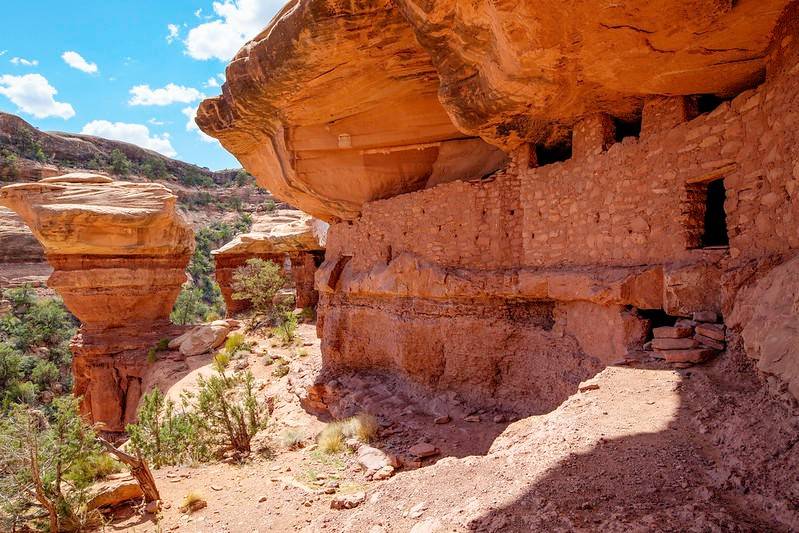


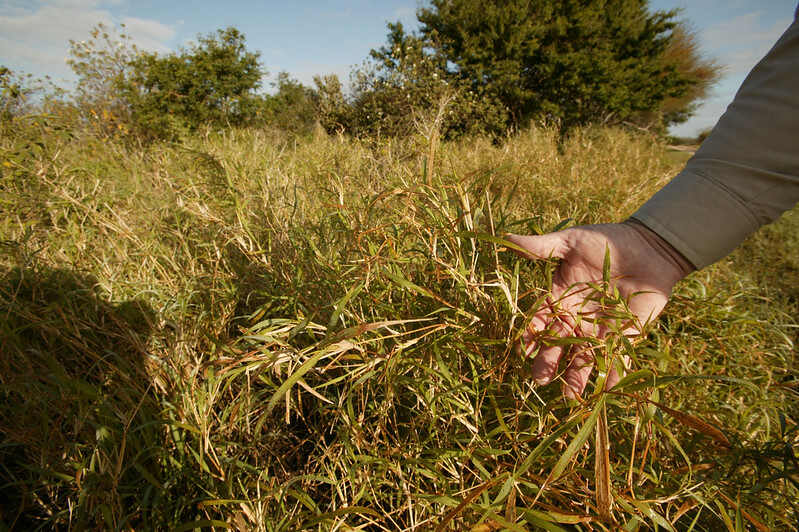
![Representative Image: European Starling [49/366]. Photo Source: Tim Sackton (CC BY-SA 2.0)](https://www.karmactive.com/wp-content/uploads/2025/04/Starlings-Drop-82-in-UK-Gardens-as-Birdwatch-2025-Reveals-Record-Low-Count-Since-1979-720x480.jpg)
